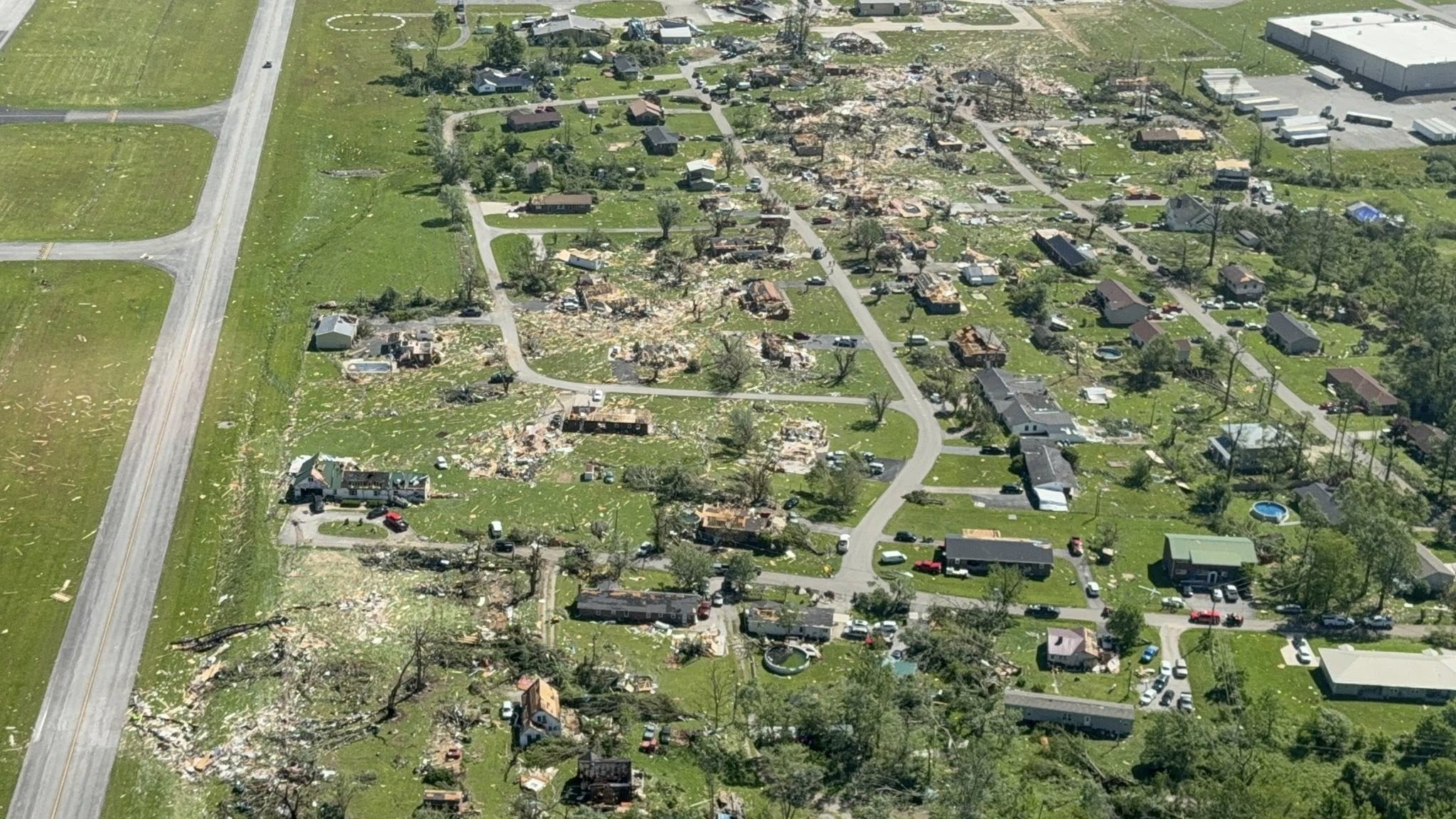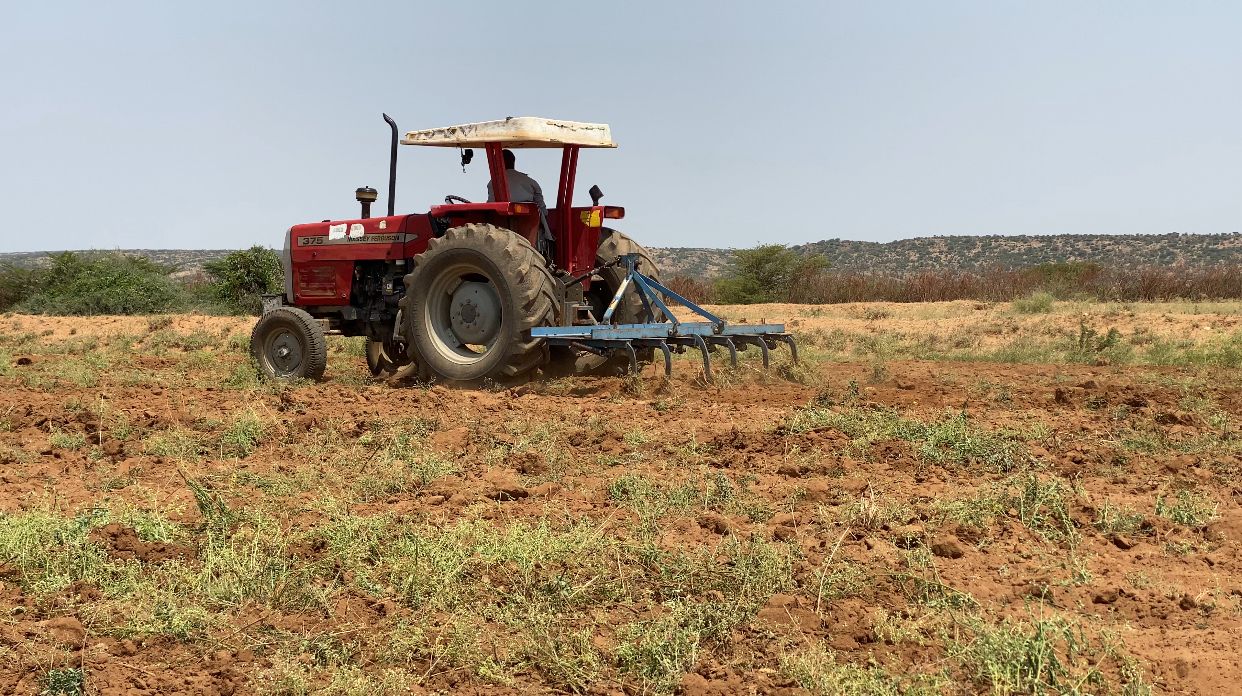What we’re watching: Weekly disaster update, May 19

We know all too well that disaster can strike anytime, anywhere in the world. Some disasters make headlines; others do not. Here at the Center for Disaster Philanthropy (CDP), we monitor the status of disasters worldwide and compile a list of the ones we’re tracking weekly, along with relevant disaster-related media coverage.
Here’s what we’re watching for the week of May 19, 2025.
New or Emerging Disasters
Fires – Minnesota: Three fast-growing wildfires in Northeastern Minnesota have burned 44 square miles, destroying at least 150 structures. Typically, Minnesota sees an average of 1,200 wildfires per year, burning roughly 12,000 acres. However, since the beginning of this year, the state has already reported 1,000 fires that have burned 50,000 acres. Hotter, drier weather is fueling the uptick in fires and more powerful thunderstorms that down branches, creating fuel.
Tornadoes – Multiple states: Powerful tornadoes swept through several states on May 16, causing 30 deaths and dozens of injuries. In St. Louis, an EF-3 tornado killed five people, injured 38, and damaged or destroyed about 5,000 structures.
Two others died elsewhere in Missouri from the storm, 23 were killed in Kentucky, and two were killed in Virginia. Entire communities have been completely leveled. Many victims are in critical condition, with the death toll expected to rise in the coming days.
While most of the destruction caused by this storm system occurred in Kentucky and Missouri, more than 20 tornadoes damaged buildings, downed trees and power lines in several other states, including Colorado, Oklahoma, Kansas, Nebraska and Texas. The central U.S. is bracing for a second round of severe weather this week.
Flooding – Argentina: Over 24 hours of heavy rainfall in the Buenos Aires province of Argentina forced thousands of residents to evacuate. Heavy flooding hit the largely agricultural region, with roughly 10 inches of rain submerging roadways and vehicles. A bus with 45 people onboard became stranded in the water, requiring rescue. One person has died in the floods, and several more are missing.
Flooding – China: Heavy rains in China’s Guangdong and Guangxi provinces killed six people and disrupted trains and electricity. Severe weather warnings were issued for many more provinces after over 620,000 customers lost power in the weekend storms.
Flooding – Multiple states: A state of emergency was declared for parts of western Maryland following severe flooding last week. Some areas saw five inches of rain in one hour. At Westernport Elementary School, flood waters rose so quickly that the first floor became inundated. Rescue teams on boats took 150 children and 50 adults to safety.
The Potomac River grew 20 feet in just 18 hours, and more rain is expected this week. Heavy rain from the storm flooded parts of Pennsylvania and Virginia, where one 12-year-old boy has died.
Previous or Ongoing Disasters
Earthquake – Myanmar: Recovery after the 7.7 magnitude earthquake that devastated Myanmar on March 28 continues. However, early monsoon rains, extreme temperatures, and ongoing political violence have slowed recovery efforts. Roughly 6.3 million people require urgent, life-saving assistance.
The earthquake destroyed more than 50,000 homes, and families are living in overcrowded, makeshift shelters. Loss of livelihoods, displacement and trauma are driving negative coping mechanisms, including child labor, gender-based violence, unsafe migration and family separation. Shelters lack basic safety measures such as locks, lighting and secure entrances, heightening protection risks, especially at night.
Additionally, tens of thousands of students have had their education disrupted after the earthquake destroyed 2,500 schools. Many remaining schools are being used as shelters, and pressure is mounting to vacate those buildings and repair others before the June school term. Between the devastation of the earthquake, the weather events thwarting recovery efforts and the military’s bombing campaign, the people of Myanmar continue to be in dire need of humanitarian aid.
Infectious Disease Tracker
Avian flu: As of May 7, 70 human cases of avian flu have been reported worldwide.
Flu: As of May 2, there have been 27,000 to 130,000 flu deaths in the U.S. for the current flu season.
Measles: As of May 16, measles cases have risen to 1,024 in the U.S.
Complex Humanitarian Emergencies – Cameroon
When a country experiences political conflict, climate shocks, famine, economic challenges or other conditions, it may suffer a complex humanitarian emergency (CHE). CDP maintains complete profiles on several CHEs. Every week, we highlight these and other CHEs hoping to build awareness and philanthropic response.
In Cameroon, the protracted sociopolitical crisis in the North-West and South-West, Boko Haram attacks in the East, severe flooding in the Far North, and rising food prices continue to drive acute food insecurity, according to the United Nations.
Key facts:
- Flooding in the north of Cameroon in September 2024 drowned crops and killed thousands of livestock animals, exacerbating food insecurity.
- Pests caused by drought, such as the caterpillar infestation attacking cereal crops in Benoué and Mayo Louti, threaten production outcomes.
- An increase in fuel and transport costs makes access to food even harder.
- The war in Ukraine has increased inflation in commodity markets, making living costs much higher for people in Cameroon.
- Between October and December 2024, 3.1 million people in Cameroon were severely food insecure.
Emergency agricultural assistance in Cameroon is necessary to help alleviate food insecurity and restore the livelihoods of farmers and families. For 2025, the Food and Agriculture Organization of the United Nations requires USD $22.5 million to assist 185,000 people in Cameroon.

What We’re Reading
- A matchmaking service with a twist: Connecting big givers to programs cut by USAID – NPR
- FEMA is ‘not ready’ for hurricane season, internal review shows – CNN
- Hurricane disaster planning with aging parents should start now, before the storm: 5 tips – The Conversation
A moment of hope… Texas researchers have found that okra, fenugreek and tamarind extracts effectively remove microplastics from water, which might be a safer alternative to the synthetic polymers that are typically used. The extracts’ sticky textures bind to microplastics and then sink, making separation easy. These natural polymers have been found to remove up to 90% of microplastics found in freshwater, groundwater and seawater.
Findings published in the American Chemical Society journal prove that these natural polymers outperform their synthetic counterparts in plastic removal, which could have huge implications for the future health of earth’s water and us by extension.
